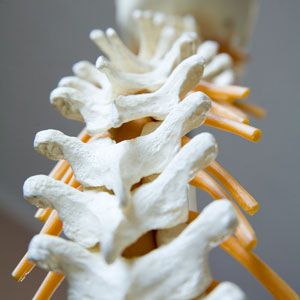
What can you do?
An Osteoporosis diagnosis needs to be followed up with additional lab testing. CMP, CBC, Vit D, AM urine pH, Urine Ca, Celiac profile, Bone Resorption Marker, Homocysteine, hsCRP, possibly lipid peroxides and 8OH2dG.
Once the doctor has a good picture of where your overall health is at, a proper care plan can be recommended. Retest in 1-2 years to monitor and make any necessary changes.
I hope I conveyed my concern in Part 1 about Inflammation.
So, the first step in addressing osteoporosis is finding the cause from the additional lab tests and risk factors.
If inflammation is the source:
- First address the inflammation.
- Heal the gut.
- Remove the toxins.
- Remove food allergens.
- Eat more greens.
- Eat less pro-inflammatory foods – dairy, corn, sugar, etc
- Decrease stress.
- Stay Positive.
The supplements you would take would be based on your lab results. Antioxidants, Vit C, Vit E, Anti-inflammatory, curcumin, Omega 3, Vit D, Vit K, Calcium, magnesium.
What is the best source of calcium?
Microcrystalline hydroxyapatite, calcium citrate, dicalcium malate or calcium bisglycinate chelate. 1,200 – 1,500mg of Calcium per day.
Exercise:
- Weight bearing, Strength training and balance work.
- Weight bearing is walking, playing tennis. All activities that put your body under the stress of gravity.
- Strength training is moving your body against some form of resistance. That could be working with resistance bands, lifting weights, working against your own weight with air squats.
- Reduce fracture risk by improving balance and preventing falls.
- Get adjusted. The better the alignment you have the more grounded you are.
- Balance work can be done standing on one leg. Standing on a balance disc for greater challenge.
You can reach out to us if you want more info on ordering lab test or supplement support. Even better, ask me about it on your next visit.
Osteoporosis Workshop February 15th at 11:30am 👊
Yours in Healthy Naturally,
Dr. Kelly
